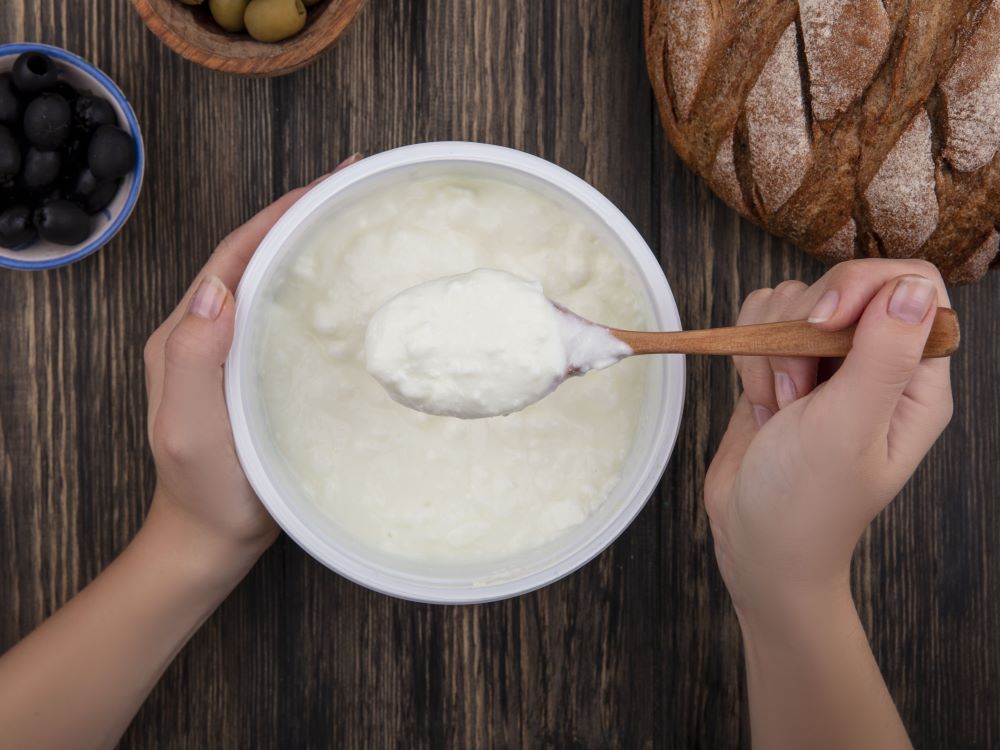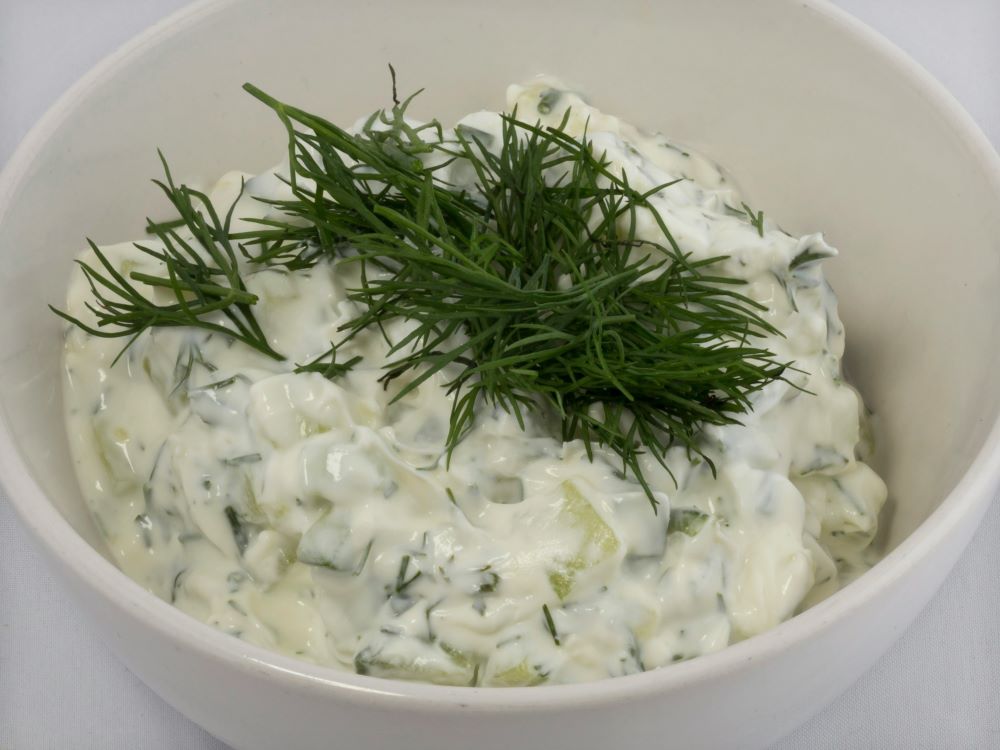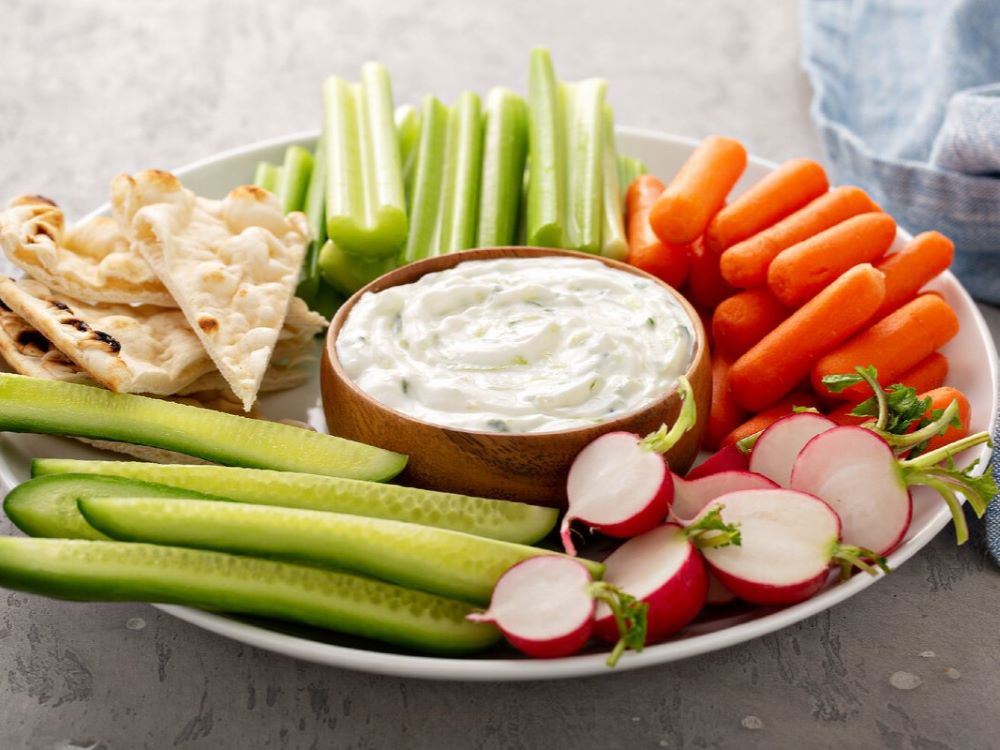How to Make Delicious Homemade Tzatziki Sauce
Tzatziki’s not just a dip, it’s a big deal in Greek food culture, kind of like the essence of the Mediterranean vibe on your taste buds. This sauce is all about being smooth yet tangy, it shows off the classy, real-deal Greek flavors. We’re talking a mix of cucumber, yogurt, garlic, and just the right spices. Therefore, making tzatziki sauce is more than just something on the side—it’s like a history lesson of Greek cuisine in every bite.

The cultural vibe in Greece
Over in Greece, tzatziki’s way is more than just grub. It’s part of the vibe, central to family get-togethers, big bashes, and even chill eats at the local spots. This sauce has gone global appetizer, getting a thumbs up for being super versatile and good for you. Whether it’s spicing up a souvlaki, jazzing up gyros, or just making veggies sing, tzatziki’s got a solid rep in both the home-cooking scene and the fancy foodie world.
Homemade tzatziki secrets
Getting into the tzatziki-making game is a dive into the heart of Greek tradition. It’s not just about whipping up a sauce; it’s like taking a cultural trip and getting a real taste of what’s been spicing up meals worldwide.
Total Time: 15 minutes
Servings: 2 cups

Tzatziki sauce ingredients:
- 1 cup Greek yogurt
- 1 medium cucumber, peeled, deseeded, and finely shredded
- 2 to 3 cloves of garlic, finely minced
- 2 tablespoons of extra-virgin olive oil
- 1 tablespoon of fresh lemon juice
- 2 tablespoons of fresh dill, finely chopped (or 1 tablespoon if using dried dill)
- Salt and freshly ground black pepper, to taste

Instructions
So how to make tzatziki sauce:
- Start with the cucumber, making sure it’s peeled, seeded, and finely shredded before applying pressure to squeeze out any excess water. Concentrating the flavor rather than diluting the sauce is the goal.
- Combine the cucumber, dill, lemon juice, olive oil, Greek yogurt, and minced garlic in a bowl and stir to combine.
- Use a small amount of salt and pepper to season, then adjust to get a harmoniously garlicky undertone with a hint of dill.
- To bring out the flavors and make them more intense, chill the tzatziki sauce.
- Give it one last stir before serving, and transfer it to a bowl. For an artistic presentation, add a sprinkling of dill or a thin drizzle of olive oil.

| Nutrition Facts | |
| one serving 2 Tbsp (30g) | |
| Calories: | 50 |
| Total Fat: | 3.5g |
| Saturated Fat: | 2g |
| Cholesterol: | 10mg |
| Sodium: | 110mg |
| Total Carbohydrates: | 3g |
| Dietary Fiber: | 1g |
| Sugars: | 1g |
| Protein: | 2g |
Tips and Variations for Perfecting Your Tzatziki
- Tzatziki sauce pairs with a variety of dishes, including grilled meats such as chicken, lamb, or beef, as well as with falafel, gyros, pita bread, vegetables, or as a dip for crunchy snacks like pita chips or vegetable sticks.
- Tzatziki is an example of a healthy treat that is high in calcium and protein but relatively low in calories. The cucumber adds moisture, and the garlic and dill offer a range of antioxidants and essential elements.
- Strain Greek yogurt (or let normal yogurt release its liquid through cheesecloth) for a firmer texture.
- Incorporating mint into the classic recipe can provide a refreshing taste.
- Although the freshness of tzatziki is fleeting, reaching its peak in the first few days, it keeps its flavor for a short period in the fridge.

Conclusion
Tzatziki sauce is more than just an ingredient in food; it’s a culinary adventure that represents adaptability, sustenance, and a rich cultural background. It keeps its ageless appeal and nutritional value while blending in perfectly with today’s culinary scene.
Clarified Tzatziki. FAQ
- Thinking of making a tzatziki recipe with non-dairy yogurt? Possible, but it modifies the traditional essence. Yogurt substitutes such as coconut or almond can work just as well, but they will taste different and have a different texture.
- How long does tzatziki last in a refrigerator? Perfectly enjoyed after preparation, its flavor becomes stale as the days go by, and a week is the absolute limit for eating.


